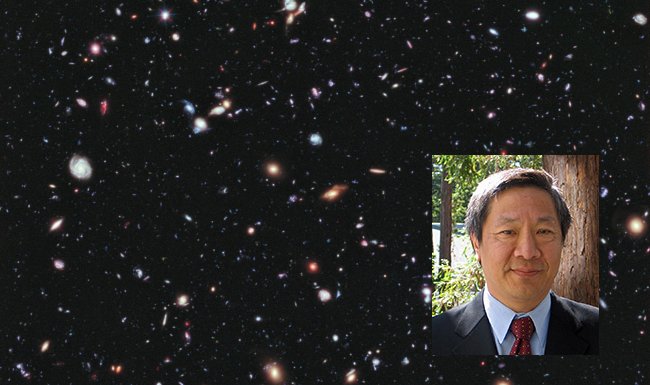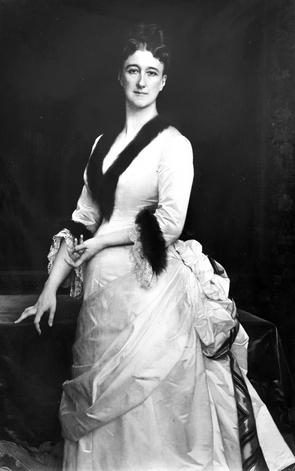Catherine Wolfe Bruce
Catherine Wolfe Bruce ( born January 22, 1816 in New York City; † March 13, 1900 in New York City ) was an American philanthropist and patron of astronomy.
Life
Catherine Wolfe Bruce was the daughter of George Bruce (* July 5, 1781; † July 6, 1866 ) and Catherine Wolfe. Her father had acquired his fortune as a designer and producer of typefaces. She was privately tutored and undertook extensive educational trips to Europe. She spoke several languages, including Latin. Translated Tommaso da Celano ascribed to the hymn Dies Irae into English and gave him in 1890 as a private print out. She remained unmarried and lived on inherited assets. In memory of her father, she straightened, 1887 in New York, the George Bruce Free Library, which today is part of the Public Library of New York.
Although his life was interested in sky events, it came only as a 73 -year-old in closer relationship to astronomy. In a popular science article in Sidereal Messenger Simon Newcomb had asserted in 1888, significant discoveries were already made. She turned to the astronomer and telescope builder Alvan Graham Clark, to learn how they could support further research. He made known in 1889 by Edward Charles Pickering, who wanted to map the whole sky photographically and built for an outstation of the Harvard College Observatory in Arequipa, Peru. She donated $ 50,000 for a 24-inch telescope for these Boyden Station. This Bruce telescope in 1927 with the station moved to the Boyden Observatory in Bloemfontein, South Africa, as was expected better weather conditions there. With the most important discoveries with this telescope the period-luminosity relation by Henrietta Swan Leavitt counts.
It supported the Astronomy 1889-1899 by donated more than $ 175,000 for the purchase of several powerful telescopes, including the Harvard College Observatory, the 10 -inch Catherine Bruce astrographs at Yerkes Observatory on the concept of Edward Barnard (see Barnard catalog), and Max Wolf for the Bruce double Astro Count of Heidelberg State Observatory king chair. They also presented $ 6,000 scholarships Pickering resources available with which he supported projects in the U.S. and Europe. Among other things, Simon Newcomb received money for his new planetary tables ( ephemerides ), which served as the basis for the Ephemeris. Johann Georg Hagen was able to publish the Atlas Stellarum Variabilium thanks to a performance guarantee. Thanks to a donation of $ 1,000 Ladislaus Weinek could issue the Prague Photographic Moon Atlas.
The Bruce Medal of the Astronomical Society of the Pacific, as an award for special astronomical achievements, was donated by her.
In her memory, the asteroid (323) Brucia and the lunar craters were named Bruce. The asteroid Brucia was discovered by Max Wolf in 1891 as the first with the photographic method. For their support, she was awarded the Grand Duke of Baden with a gold medal.
Works
- Johann G. Hagen, Catherine Wolfe Bruce, Michael Esch, Friedrich Becker, Frances Woodworth Wright, Johan Willem Anton Jacob Stein: Atlas Stellarum variabilium I-IX, Specola Vaticana, 1941
Evidence
- S. Newcomb: Professor Newcomb 's new planetary tables, The Observatory 18 (1895 ) 86, digitized
- Obituary Notices: Associates: - Pickering, Edward Charles, Monthly Notices of the Royal Astronomical Society 80 (1920) 360
- H. B. Kaster: Note Regarding the Death of Miss Catherine Wolfe Bruce and Her Services to Astronomy, Publications of the Astronomical Society of the Pacific Vol 39, No. 231 (1927) p. 315
- M. B. Ogilvie and J. D. Harvey: Biographical Dictionary of Women in Science, 2000, ISBN 0-415-92040- X










